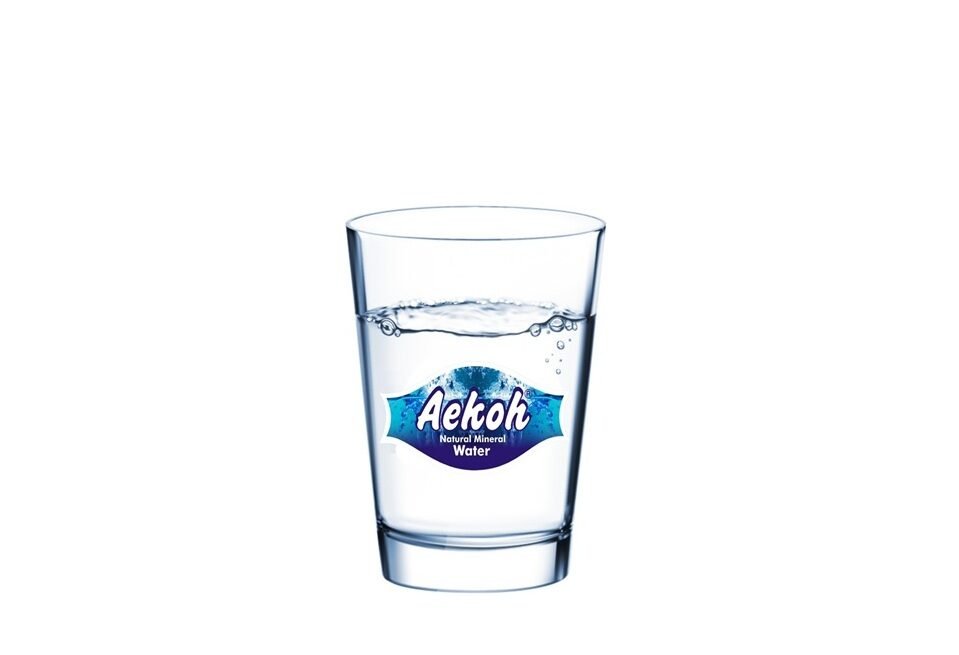We often take it for granted—turning the tap and getting fresh, clean water. But have you ever wondered about the journey this water takes to reach your faucet? The process behind bringing water into our homes is fascinating, complex, and essential to our daily lives.
1. The Journey Begins: Sourcing the Water
Water doesn’t just magically appear in your sink. It originates from natural sources like rivers, lakes, reservoirs, or underground aquifers. Municipal water systems source water from these places, often through a combination of surface water and groundwater, depending on availability and location. In some cases, cities use desalination plants to convert seawater into fresh water, especially in coastal areas.
2. Treatment: Ensuring Clean, Safe Water
Once the water is sourced, it undergoes a thorough treatment process to ensure it’s safe for drinking and everyday use. This typically involves several stages:
- Coagulation and Flocculation: Chemicals are added to the water to bind impurities into larger particles (flocs) which are easier to remove.
- Sedimentation: The heavy particles (flocs) settle to the bottom of large tanks, separating from the clean water.
- Filtration: The remaining water is filtered through layers of sand, gravel, and charcoal to remove smaller particles.
- Disinfection: Chlorine, ozone, or ultraviolet (UV) light is used to kill any remaining bacteria, viruses, or other pathogens.
These steps are crucial in transforming raw water into the clean, safe drinking water we use every day. Some places may also add fluoride to help prevent tooth decay, a measure that has sparked debate in various communities.
3. Pumping and Distribution: Getting Water to Your Home
After treatment, water is pumped through an extensive network of underground pipes. These pipes are carefully engineered to carry water from treatment plants to homes, businesses, and other users. The water travels under high pressure to ensure it reaches even the farthest corners of the distribution system.
In some cases, the water may also pass through large storage tanks or reservoirs before it’s sent to your faucet. These reservoirs help maintain pressure and ensure there’s enough supply during times of high demand, like in the summer or during emergencies.
4. Inside Your Home: The Final Leg
Once the water reaches your home, it enters through a service pipe connected to the municipal water supply. This pipe is typically located underground and connects to your home’s plumbing system. From there, water flows through a series of pipes and valves, eventually reaching your faucet.
Your faucet itself is a marvel of engineering. By adjusting the handle, you control the flow of water, and a small aerator inside helps regulate the flow rate and ensures a smooth, even stream. The water may pass through filters or water softeners before it reaches the tap, depending on your home setup and the local water quality.
5. A Continuous Cycle: Managing Water Use
After you’ve used the water, it doesn’t just disappear. In fact, it enters your drainage system, eventually making its way to wastewater treatment plants. These facilities remove contaminants from the water before it is returned to nature, either through local rivers or lakes, to start the cycle again.
Municipalities are continuously improving water treatment technologies and distribution systems to ensure efficiency and sustainability. Advances in filtration, monitoring, and treatment processes have made our water systems safer and more reliable than ever before.
6. The Importance of Conservation
As water becomes scarcer in certain parts of the world, it’s more important than ever to conserve this precious resource. Small changes at home can make a big difference: fix leaky faucets, use water-efficient appliances, and consider rainwater harvesting. Every drop counts.
Conclusion: More Than Just a Utility
Next time you turn on your faucet, remember that the water coming out is not just a basic commodity. It’s the product of a vast, intricate system that involves sourcing, treatment, distribution, and management—all designed to ensure that you have access to clean, safe water whenever you need it. Taking care of our water resources and understanding the process can help us appreciate this essential resource even more.
Water truly is one of the most important, yet often overlooked, wonders of daily life.


2 Replies to “The water from pipe outlets”
Jacqueline
March 1, 2024Please your bottles how do I recycle it
aekoh
March 1, 2024A very good day to you, our bottles are not ideally reusable hence could be thrown in bins for recycling. Unless for personal reasons can keep and refill at home as well. Thank you.